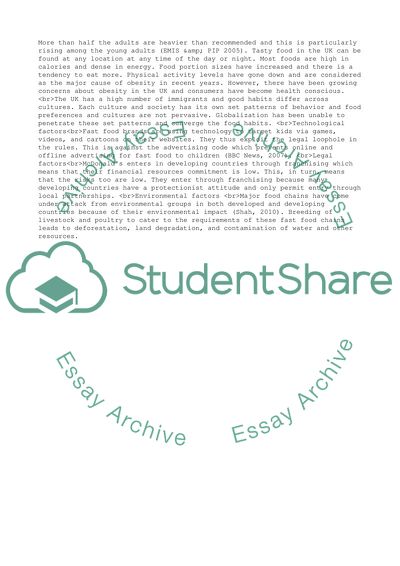Cite this document
(Strategic Forces of McDonald's Research Proposal - 1, n.d.)
Strategic Forces of McDonald's Research Proposal - 1. Retrieved from https://studentshare.org/business/1749360-fast-food-sector
Strategic Forces of McDonald's Research Proposal - 1. Retrieved from https://studentshare.org/business/1749360-fast-food-sector
(Strategic Forces of McDonald'S Research Proposal - 1)
Strategic Forces of McDonald'S Research Proposal - 1. https://studentshare.org/business/1749360-fast-food-sector.
Strategic Forces of McDonald'S Research Proposal - 1. https://studentshare.org/business/1749360-fast-food-sector.
“Strategic Forces of McDonald'S Research Proposal - 1”, n.d. https://studentshare.org/business/1749360-fast-food-sector.


